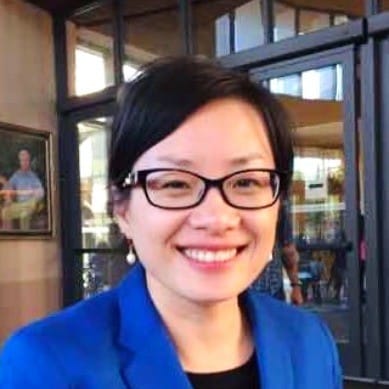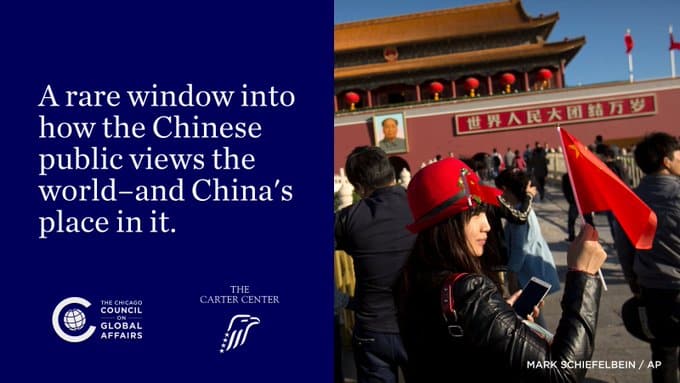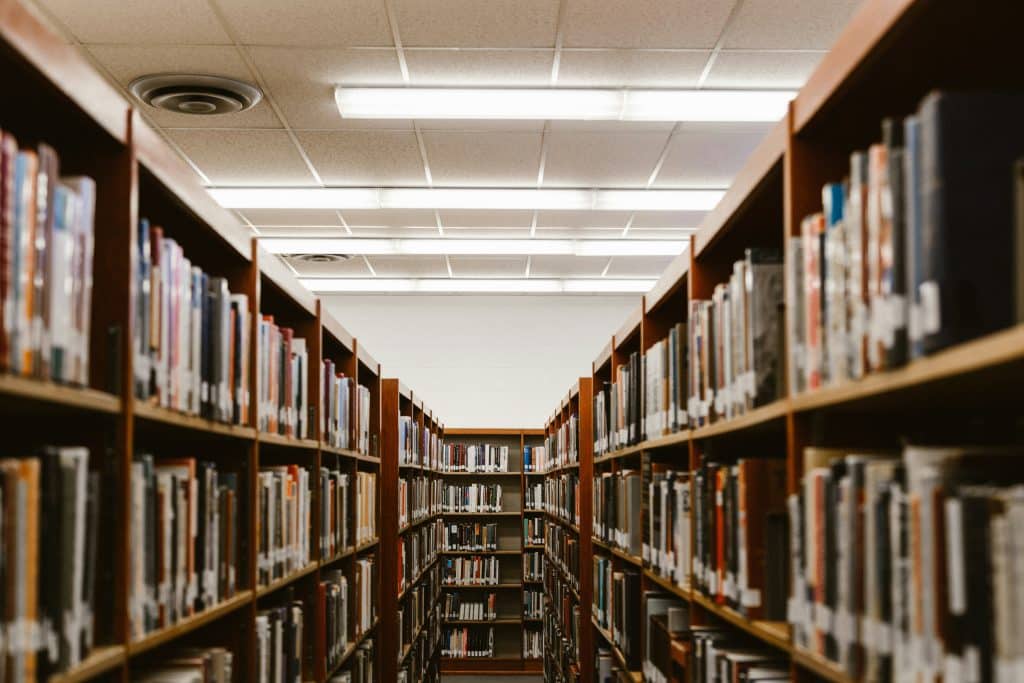Overblown or Legitimate: Are Chinese Students Targeted by CBP at U.S. Airports?
- Analysis
 Juan Zhang
Juan Zhang- 05/24/2024
- 0
Recently, diplomats from China and the United States have debated over a new point of contention: How serious is the issue of Chinese students and scholars being subjected to secondary screening at airports upon arrival in the United States? Chinese diplomats have protested the treatment of Chinese students at the airport for months. Nicholas Burns, the U.S. Ambassador to China, reaffirmed that the U.S. is committed to opening its doors to Chinese students.
Summer is coming; prospective students will come to the U.S. for school, and students in the country may travel back to China to visit their families. When those students return to the U.S., will they be “harassed” again at the airports?
The Focus: How to Read the Numbers
For months, the Chinese media reported incidents of Chinese students and scholars undergoing secondary security checks and being held in “little black rooms” at U.S. airports. From January to March, students in Ph.D. science programs at Yale University, Johns Hopkins University, and other major U.S. research universities have been denied re-entry after visiting family in China, and in some cases, they were immediately sent back home, according to a Science report.
The so-called secondary security check is an airport security measure used in the United States to select passengers for additional inspection.
A spokesperson from the Chinese Embassy in Washington said on April 9, “In recent years, US border control personnel have continuously and unjustifiably harassed, interrogated, and deported Chinese nationals entering the US, especially students and scholars.” The spokesperson pointed out, according to incomplete statistics, more than 70 Chinese students with legal and valid materials were deported since July 2021.
The outcry from the Chinese side didn’t go unnoticed by the U.S. diplomats. On May 8th, Nicholas Burns, the U.S. Ambassador to China, posted on X: “Do you know? 99.9% of Chinese students holding visas encounter no issues upon entering the United States. In 2023, the U.S. issued 105,000 visas to Chinese students, scholars, and their families. Currently, over 292,000 Chinese students are studying at various colleges and universities across the United States.”
Dennis Wilder, a former senior American intelligence official currently serving as a professor of practice at Georgetown University, reposted Ambassador Burns’ tweet on X, stating: “This is an important post. None of my Chinese students have told me they have been pulled into ‘secondary screening’. Frankly, I myself was pulled into secondary after a trip to China. CBP (U.S. Customs and Border Protection) was polite and nonconfrontational. This issue is way overblown.”
How serious are the incidents of Chinese students and scholars being held in “little black rooms”? Is it being exaggerated? How exactly should we look into this issue? It really depends on how you view the numbers. One conclusion might be reached if you examine the ratio of affected Chinese students to unaffected. This is Ambassador Burns and Wilder’s perspectives. A different conclusion is reached if you compare the ratio with students from other countries.
While praising the U.S.’s stance for welcoming Chinese students to come and study here, Dr. Jeremy Wu, a co-founder of APA Justice, a platform connecting Asian American civil rights groups, pointed out, “Numbers can be misleading, depending on how it is used.” He then used the China Initiative to explain the chilling effect of incidents at the airport. The China Initiative was announced under the Trump administration to counter China’s theft of American secrets and technology, but critics say it disproportionately targeted China-American scientists. The Initiative was suspended by the Biden administration in 2022.
“There were about two dozen scientists and researchers prosecuted under the China Initiative. One may argue that it was a very small percentage of all the scientists and researchers in the U.S.,” said Dr. Wu.
According to the National Science Foundation, there were 24 million employed as full-time scientists and engineers in 2019 in the United States.
Dr. Wu, a retired federal government statistician, said that the way you define the frame for making inferences on an issue matters in statistics. “If you look at the population of impacted persons only, then those of Asian and particularly Chinese origin will likely stand out.”
“The fair question to address is among the students and scholars who faced secondary screening by CBP, what is the percentage of them being Asian or Chinese? How is their rejection rate compared with other groups of students and scholars? That may tell a different story,” said Dr. Wu.
Chinese Students: Stuck in the Two Agencies
A student who wants to study in the United States must visit the U.S. Embassy or Consulates in China, where they must apply for a US visa and pass the CBP checking points upon arriving at a U.S. airport. CBP has the authority to deny entry to Chinese students even if they hold valid visas.
A CBP spokesperson told Science in March, “All international travelers attempting to enter the United States are subject to examination” as part of the agency’s mission to protect the nation’s borders.
While examining the origins of Chinese students’ secondary inspection at the airport, a Trump administration announcement called U.S. Presidential Proclamation 10043 stood out. The Science report indicated that the Proclamation granted CBP the authority to deny entry to Chinese graduate students and postdoctoral scholars who came from Chinese universities with military ties.
Based on this Proclamation, the State Department denied visas to 1,964 Chinese scholars in 2021 and 1,764 in 2022. Compared to thousands of vias issued for Chinese students, the number of students affected is considered small.
Nevertheless, visa denials and airport incidents inevitably negatively affect the morality of potential students and those already in this country, wondering whether coming to the United States is the right choice. Already, amidst tense U.S.-China bilateral relations, the number of students studying in the U.S. has declined sharply.
According to an article by the Associated Press in March, India is about to replace China as the largest source of international students on U.S. university campuses. In the academic year 2022 and 2023, 269,000 Indian students were studying at U.S. universities. During the same period, nearly 290,000 Chinese students were in the U.S., a significant decrease from the peak of 370,000 Chinese students between 2019 and 2020.
Where are those Chinese students? Do they stay at home for college or go to other countries? A report released by the Center for China and Globalization, a think tank based in Beijing, provided clues to those answers.
In this report, “The Development of Chinese Students Studying Abroad Report (2023-2024)”, China remains the world’s largest source of international students. A striking point that the report makes is the destinations for Chinese students studying abroad have become more diverse. In the 2022-23 academic year, though the United States remains the top study-abroad destination for Chinese students, more and more students are turning to countries like the United Kingdom, Australia, Japan, Germany, New Zealand, South Korea, and Malaysia.
While the Chinese students’ experiences with the CBP have raised eyebrows, the U.S. Embassy in Beijing has worked tirelessly to promote higher education in the United States to Chinese students. It recently facilitated the 2024 EducationUSA China Spring College Fair Tour in Shanghai, Wuhan, and Guangzhou. Around 60-100 U.S. universities and colleges represented at each of the fairs, providing a comprehensive overview of the educational opportunities available in the United States, said a WeChat official post from the Embassy.
In an interview with Phoenix TV in early May, Ambassador Burns emphasized that the United States welcomes Chinese students to study in the country. He expressed the hope of promoting the resumption of people-to-people exchanges between the two nations, stating that a healthy relationship between the two countries largely depends on the connections between ordinary people, which is what they are striving to promote.
The views expressed in this article are the author’s own.
Author
-

Juan Zhang is a senior writer for the U.S.-China Perception Monitor and managing editor for 中美印象 (The Monitor’s Chinese language publication).







